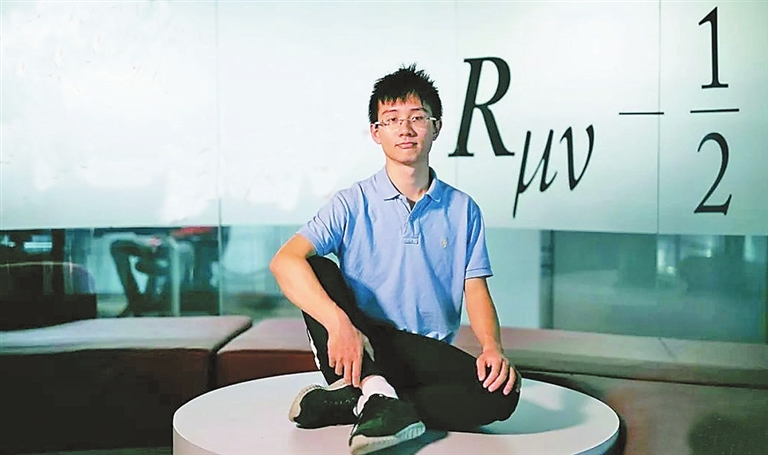
Cao Yuan, a 22-year-old doctoral candidate in physics at the Massachusetts Institute of Technology (MIT), was named one of the 10 people who mattered this year by the journal Nature last week for discovering a “magic angle” in graphene sheets that spurred a new field of superconductor physics. The physics prodigy from Chengdu, Sichuan Province, is the fourth Chinese scientist in five years to make Nature’s list for pushing scientific development. Chen Hualan, an expert on bird flu; Huang Junjiu, a biologist on human embryo gene-editing; and Pan Jianwei, a world-leading quantum scientist, made the list in 2013, 2015 and 2017, respectively. Cao had studied at Shenzhen Jingxiu Primary School and Shenzhen Yaohua Experimental School, finishing his middle and high school curricula in two years. By age 18, he had completed an undergraduate degree at the University of Science and Technology of China (USTC) in Hefei, Anhui Province. He then went to the United States to pursue a doctoral degree under MIT physics professor Pablo Jarillo-Herrero. A passionate “tinkerer” in electronics and chemistry, Cao’s hobbies include photographing the night sky using homemade cameras, Jarillo-Herrero said. “Every time I enter Cao’s office, it’s a huge mess, with computers taken apart and pieces of telescope all over his desk,” he told Nature. Cao has also shown maturity beyond his years, Jarillo-Herrero said, praising the student for not being fazed by failures or misdirection in research. “He just rolled up his sleeves and continued working.” In March, Cao surprised the nanoscience community by discovering graphene can potentially be an insulator, a material that resists electricity, or a superconductor, a material that conducts electricity without resistance, by slightly changing the alignment of two graphene layers sandwiched together, according to two papers he published in Nature. Huang Jiatang, Cao’s high school physics teacher, said he remembered Cao as a kid with a superb ability to learn on his own, a love for hands-on experiments and being unafraid to challenge teachers and ask difficult questions. However, Cao often stressed he was just an ordinary kid who simply loved reading about science and doing experiments, despite being enrolled at age 14 in USTC’s School of the Gifted Young, a special program nurturing teenagers into world-class talents. Cao said he didn’t feel special because everyone in the program was extremely smart. He said that neither did he feel superior to average college students, saying, “After all, we are all humans, with flaws and emotions.” The Nature article said Cao still doesn’t know where he would like his career to go, but physicist Zeng Changgan, Cao’s mentor at USTC, told Nature that many universities are already eyeing him for postdoctoral jobs and faculty posts. “The university would gladly have him back,” he said.(China Daily) | 
